PMS Relief
$43.98 — or subscribe and save 5%
PMS Relief is a comprehensive blend of Native American and Chinese herbs traditionally used to provide balance and support for a healthy menstrual cycle.
Description
PMS Relief Key Benefits:
- Offers Natural Support for Women with Common Premenstrual Complaints
- Provides Herbs That Have a Long History of Use in Women’s Reproductive Health
Formulated To Exclude:
Wheat, gluten, yeast, soy, animal and dairy products, fish, shellfish, peanuts, tree nuts, egg, ingredients derived from genetically modified organisms (GMOs), artificial colors, artificial sweeteners, and artificial preservatives.
Directions:
Take two capsules daily, or as directed by your healthcare professional.
Consult your healthcare professional prior to use. Individuals taking medication should discuss potential interactions with their healthcare professional.
All Unique Verve Formulas Meet or Exceed cGMP Quality Standards and are manufactured and stored in the temperature and humidity regulated facility in USA.
cGMP = Current Good Manufacturing Practice certification means that every aspect of all Unique Verve manufacturing process has been examined, including laboratory/testing methods (for stability, potency and product formulation)
Made and Packaged in the USA
Supplement Facts:
Serving Size: 2 Capsules
Servings Per Container: 30
Ingredients:
Chaste Tree Extract (Vitex agnus-castus) (berry)(0.6% aucubin and 0.5% agnuside) 225 mg **
Bupleurum (Bupleurum chinense)(root) 100 mg **
Tangerine (Citrus reticulata)(peel) 100 mg **
Dandelion 4:1 Extract (Taraxacum officinale)(root) 100 mg **
Dong Quai 2-4:1 Extract (Angelica sinensis)(root) 100 mg **
Chinese Peony (Paeoniae lactiflorae)(root) 100 mg **
Ginger 10:1 Extract (Zingiber officinale)(root) 60 mg **
Parsley (Petroselinum crispum)(leaves) 50 mg **
Red Raspberry (Rubus idaeus)(leaves) 50 mg **
Licorice Extract (Glycyrrhiza glabra)(root)(25% glycyrrhizin) 25 mg **
** Daily Value not established.
Other Ingredients:
Capsule (hypromellose and water), stearic acid, magnesium stearate, silica, and medium-chain triglyceride oil.
LEGAL DISCLAIMER
*Disclaimer: Statements made, or products sold through this website have not been evaluated by the Food and Drug Administration. They are not intended to diagnose, treat, cure, or prevent any disease.
Statements regarding dietary supplements have not been evaluated by the FDA and are not intended to diagnose, treat, cure, or prevent any disease or health concerns.
You should consult with a healthcare provider before beginning any dietary supplement program.
Discussion
This tradition-based, multi-herb formula combines “female herbs” and traditional tonics that have been chosen by means of clinical observation for their complementary and compounding effects.
Chaste Berry Extract (Vitex angus-castus) has been used for centuries to support women with hormone-related gynecologic complaints. Modern research has validated this traditional use by showing that various preparations of chaste berry demonstrate positive effects in women with premenstrual syndrome (PMS).The German Commission E approves the use of chaste berry to support menstrual cycle regularity, breast tenderness, and PMS; and it is widely recommended by family physicians and gynecologists in Germany. Iridoids and flavonoids are thought to exert benefits through indirect effects on various hormones, especially prolactin and progesterone.
Parsley (Petroselinum crispum) promotes fluid balance. Its effect appears to be mediated through an inhibition of the sodium-potassium pump. As an aquaretic, parsley is ascribed the benefit of increasing urine volume while supporting retention of electrolytes. Parsley is also considered to have cleansing and detoxifying properties.
Dandelion (Taraxacum officinale) has been commonly used for its ability to help maintain healthy fluid balance and for its cleansing effects. In vitro research suggests that the active constituents in dandelion—which include luteolin, quercetin, and inulin—suppress cyclooxygenase-2 (COX-2) and inducible nitric oxide synthase (iNOS), increase antioxidant activity, upregulate phase II detoxification, and support bifidobacteria growth.
Dong Quai Extract (Angelica sinensis) has its origins in China, Japan, and Korea, where it has been traditionally used to balance the female cycle and address common symptoms of PMS. Research suggests that dong quai affects the contractive rhythm of the uterus. Many functional medicine practitioners believe dong quai works best in combination with other herbs to support menstrual regularity.
Licorice Extract (Glycyrrhiza glabra) functions as a weak phytoestrogen and has traditionally been used to help regulate menstruation and relieve commonly experienced menstruation-related muscle cramping. In vitro research also suggests that licorice has a positive influence on inflammatory pathways.
Peony (Paeonia lactiflora), also known as bai shao yao, is a Chinese herb used to help regulate menses and decrease minor pain. In traditional Chinese medicine (TCM), peony and licorice are used together and are thought to have great synergism relating to their effects on neuromuscular junctions.
Tangerine (Citrus reticulata) is a traditional Chinese herb also known as pericarpium or chen pi. It is derived from aged tangerine peel and traditionally used to help relieve the common premenstrual complaint of breast tenderness. TCM practitioners also use chen pi to help prevent stagnation and relieve minor abdominal fullness and minor pain.
Ginger Root (Zingiber officinale) has been studied for its effects on inflammatory mediator biosynthesis. In fact, in vitro work suggests that components of ginger can positively affect the expression of inflammatory genes. It is thought that the production of inflammatory mediators may encourage some of the common symptoms of PMS. Ginger is also thought to be good for circulation, nausea, and gas. In this formula, ginger is included for its “warming” effect which balances the “cooling” effects of other herbs.
Red Raspberry (Rubus idaeus) has been used by women for centuries to support and balance the reproductive system, and to relax the uterus. In traditional herbalism, red raspberry has been connected to female health and is used as a remedy to support normal menstrual
flow.
Bupleurum (Bupleurum falcatum), also known as chai hu, is a traditional “female cycle balancer” that has uterine-calming activity. Chinese medicine practitioners use chai hu to unblock liver qi stagnation that manifests as menstrual cramping, emotional changes, and breast tenderness. An animal study suggests that chai hu supports a healthy mood through central adrenergic mechanisms. It also has been shown to regulate the neuroendocrine system by increasing beta-endorphin and decreasing epinephrine and dopamine, which probably accounts for its relaxing properties.
REFERENCES
- Dose-dependent efficacy of the Vitex agnus castus extract Ze 440 in patients suffering from premenstrual syndrome: https://pubmed.ncbi.nlm.nih.gov/23022391/
- Therapeutic effect of Vitex agnus castus in patients with premenstrual syndrome: https://pubmed.ncbi.nlm.nih.gov/22359078/
- Chasteberry: https://pubmed.ncbi.nlm.nih.gov/16156340/
- Treatment for the premenstrual syndrome with agnus castus fruit extract: prospective, randomised, placebo controlled study: https://pubmed.ncbi.nlm.nih.gov/11159568/
- Herbal medicines as diuretics: a review of the scientific evidence: https://pubmed.ncbi.nlm.nih.gov/17804183/
- Taraxacum—a review on its phytochemical and pharmacological profile: https://pubmed.ncbi.nlm.nih.gov/16950583/
- Natural Medicines Comprehensive Database. Dandelion. Stockton, CA: Therapeutic Research Faculty; 1995-2012. http://naturaldatabase. therapeuticresearch.com/nd/Search.aspx?cs=&s=ND&pt=100&id=706&fs=ND&searchid=34505380. Accessed December 14, 2012.
- Angelica sinensis [monograph]: https://altmedrev.com/wp-content/uploads/2019/02/v9-4-429.pdf
- Glycyrrhiza glabra [monograph]: https://altmedrev.com/wp-content/uploads/2019/02/v10-3-230.pdf
- Licorice: http://www.nlm.nih.gov/medlineplus/druginfo/natural/881.html
- Monograph. Peony: https://altmedrev.com/wp-content/uploads/2019/02/v6-5-495.pdf
- Pharmacological studies on warming the middle-jiao to alleviate pain by Pericarpium Zanthoxyli: https://europepmc.org/article/med/1804190
- 1-Dehydro-[10]-gingerdione from ginger inhibits IKKβ activity for NF-βB activation and suppresses NF-βB- regulated expression of inflammatory genes: https://www.ncbi.nlm.nih.gov/pmc/articles/PMC3448918/
- Effect of Zingiber officinale R. rhizomes (ginger) on pain relief in primary dysmenorrhea: a placebo randomized trial: https://pubmed.ncbi.nlm.nih.gov/22781186/
- Red Raspberry. University of Michigan Health System: http://www.uofmhealth.org/health-library/hn-2154002#hn-2154002-uses
- Bupleurum falcatum prevents depression and anxiety-like behaviors in rats exposed to repeated restraint stress: https://pubmed.ncbi.nlm.nih.gov/22450800/
- Effects of chai hu (radix burpleuri) containing formulation on plasma beta-endorphin, epinepherine and dopamine on patients: https://pubmed.ncbi.nlm.nih.gov/16265986/
Only logged in customers who have purchased this product may leave a review.

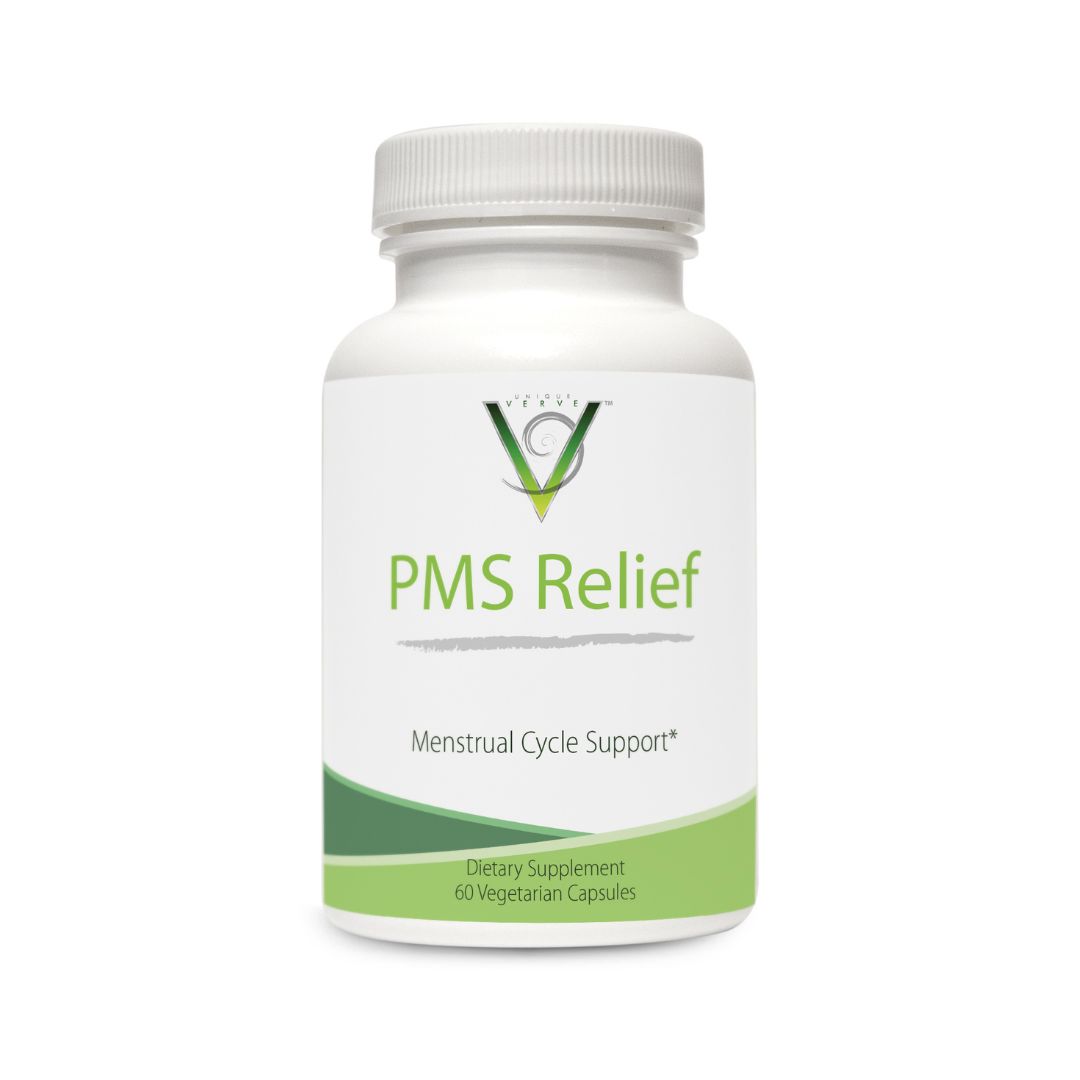
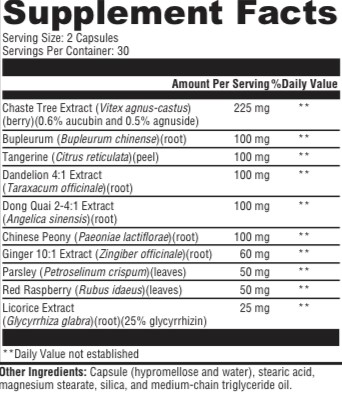
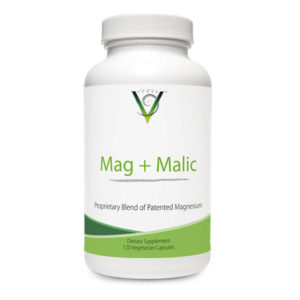
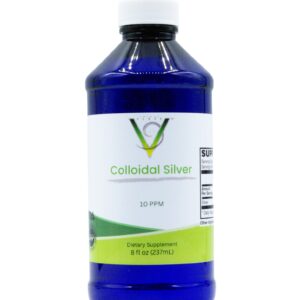
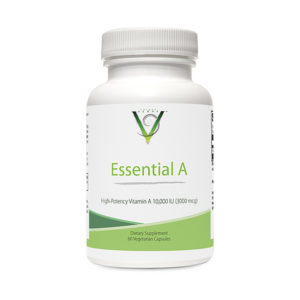
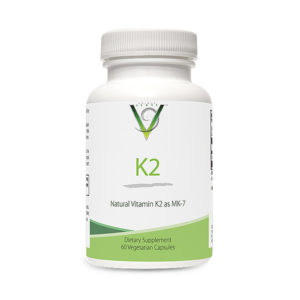
Reviews
There are no reviews yet